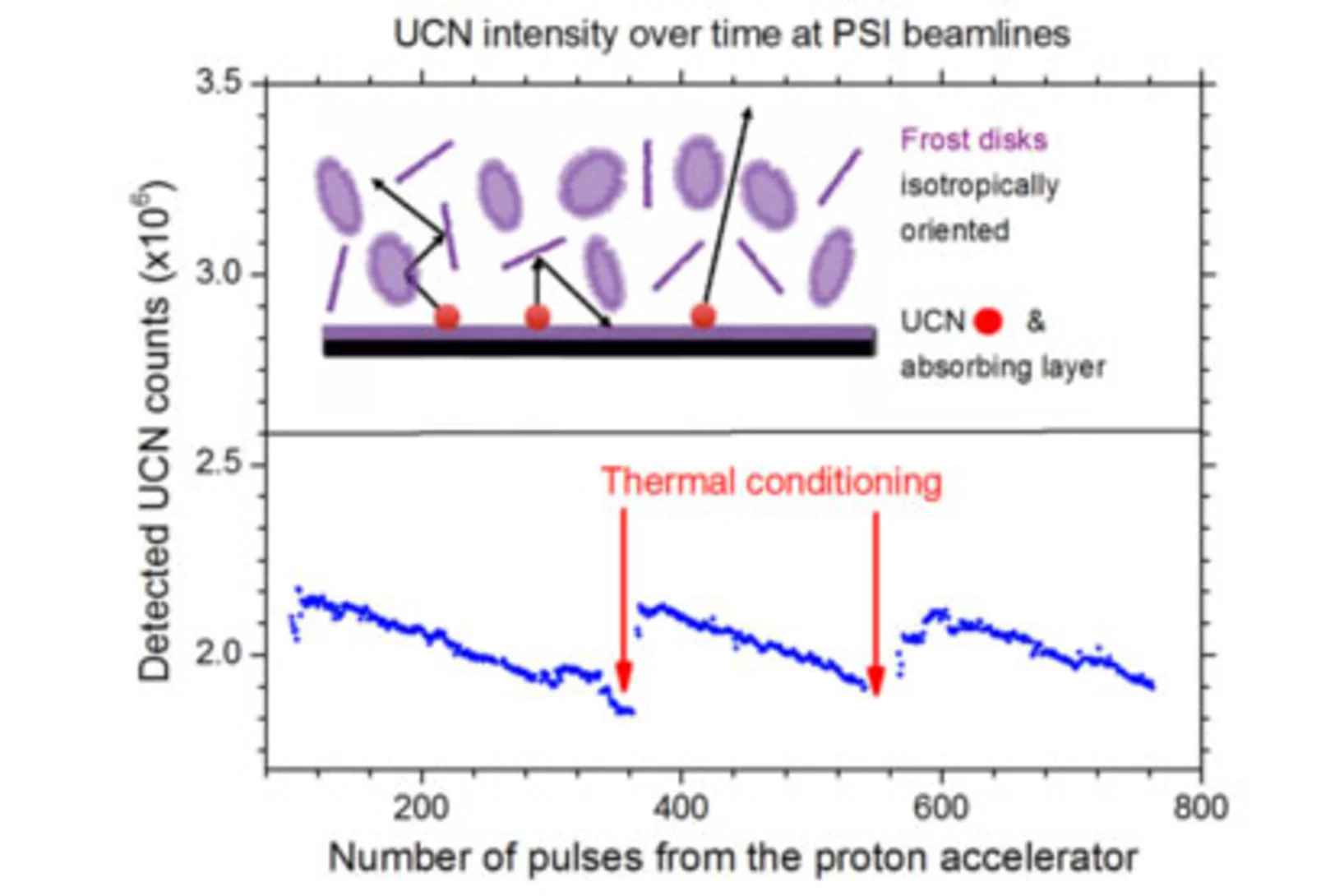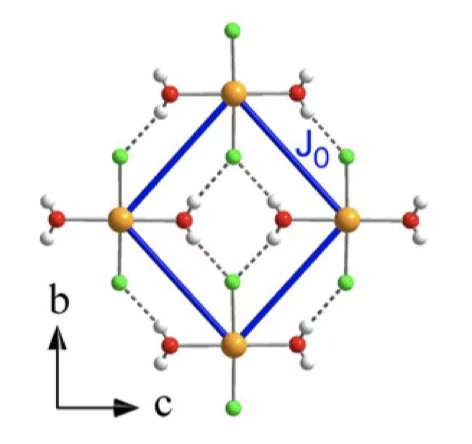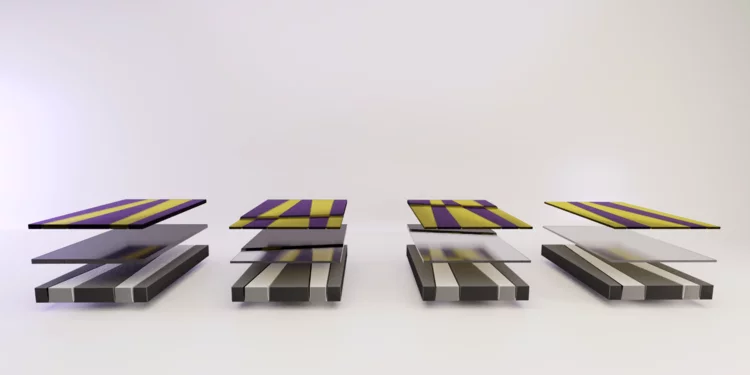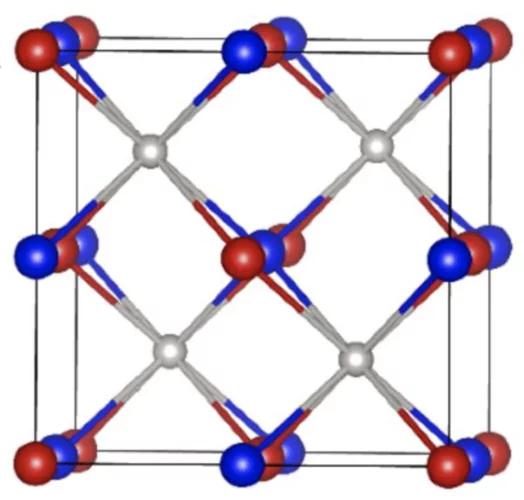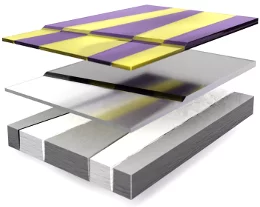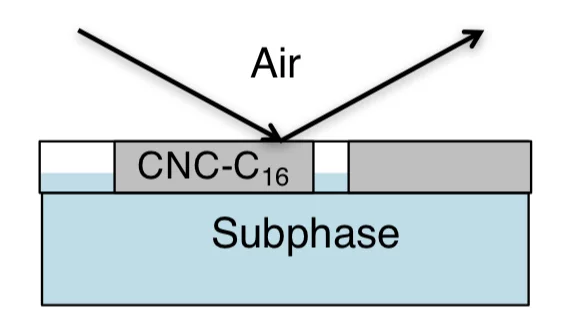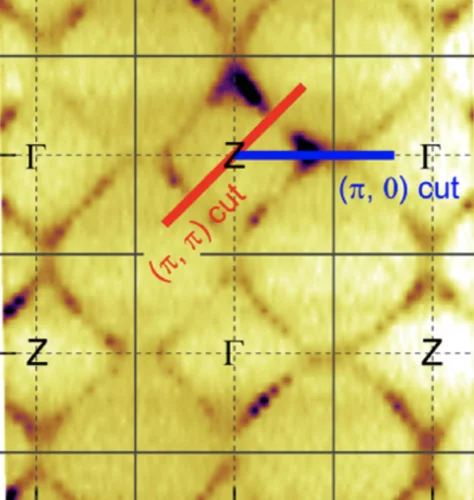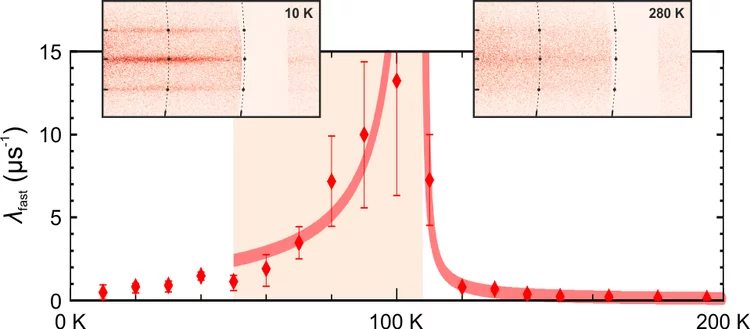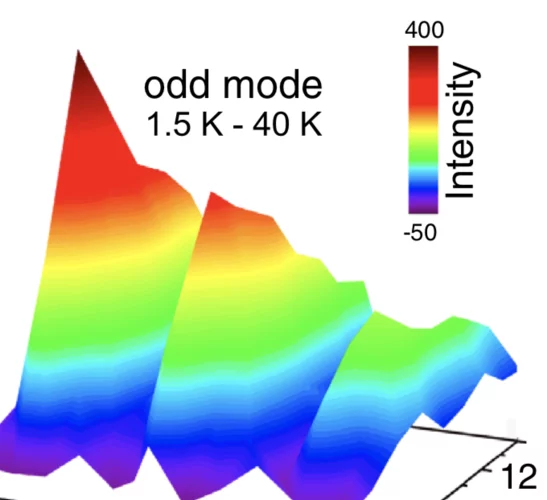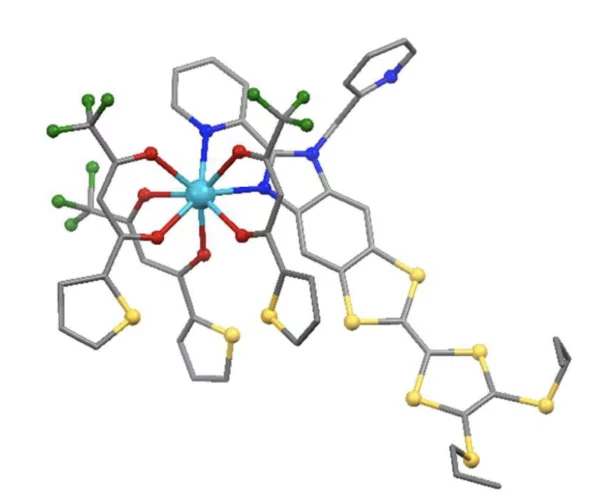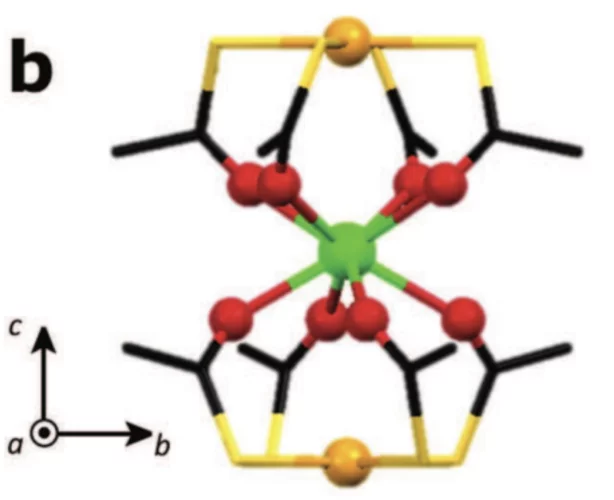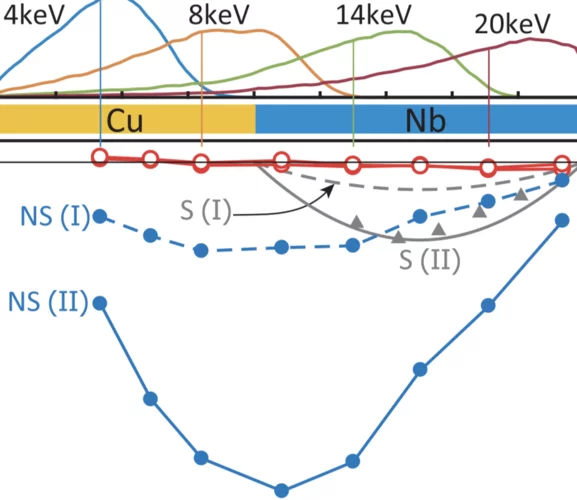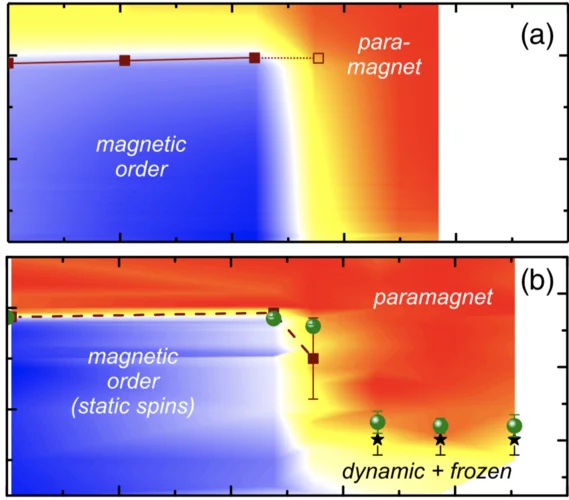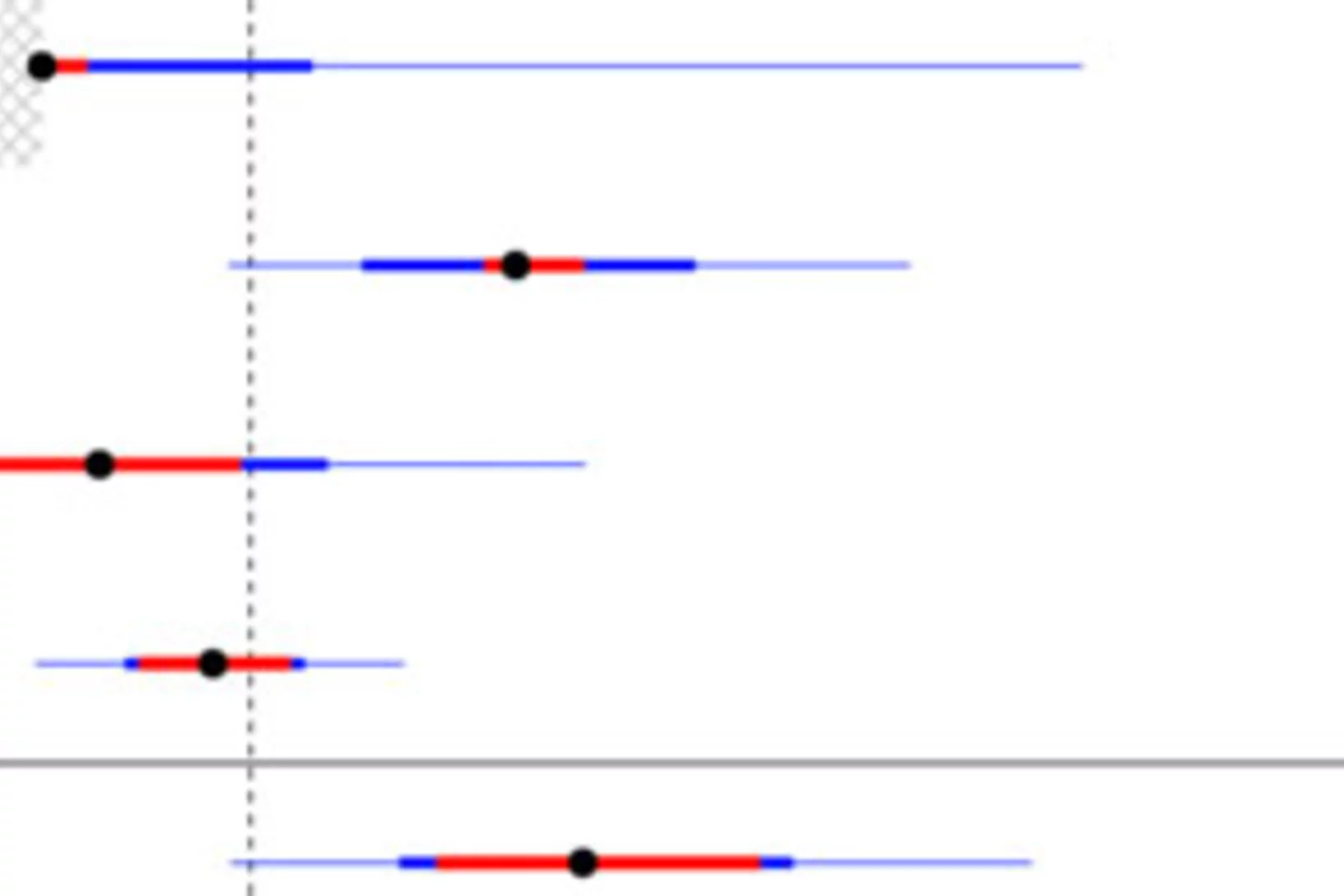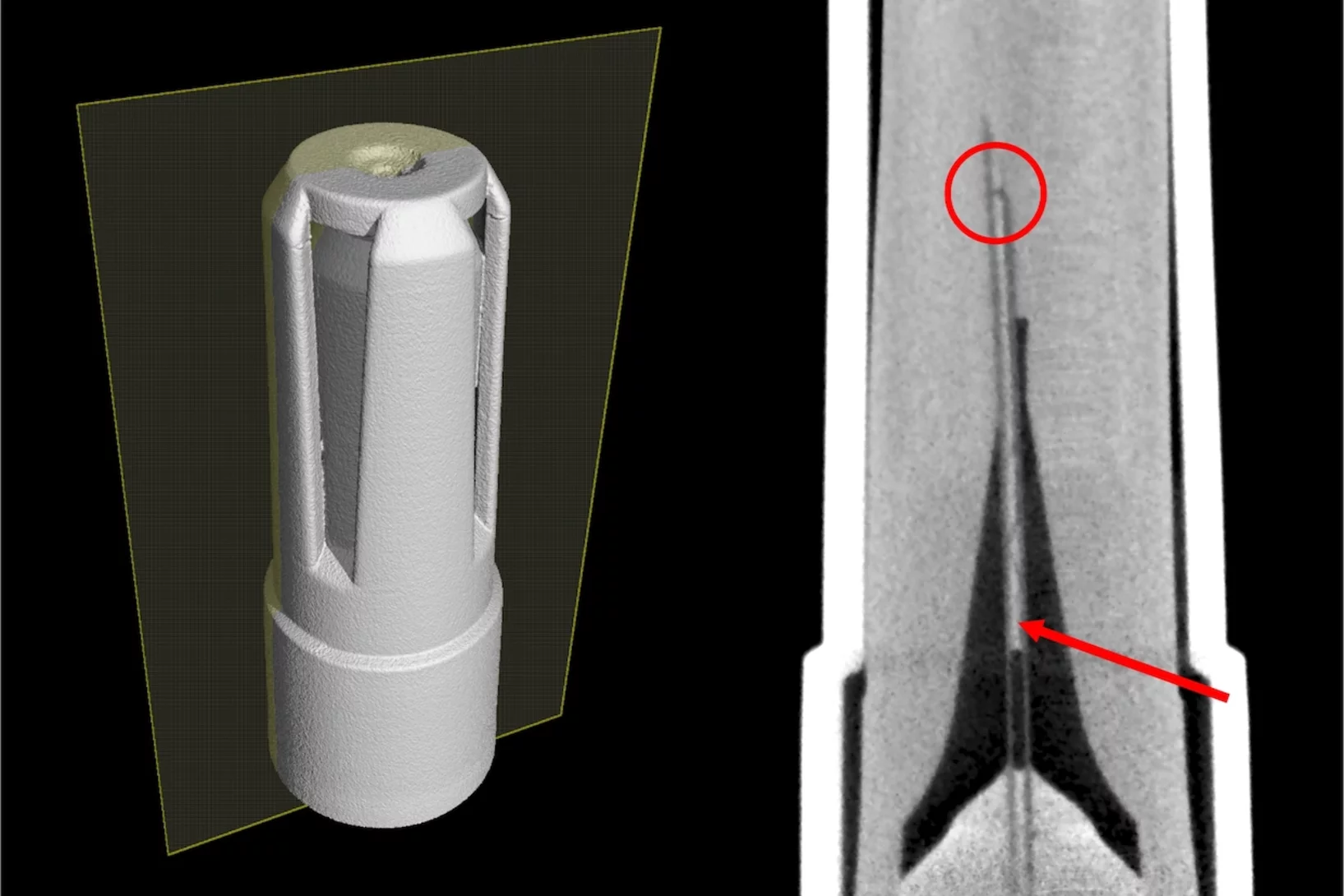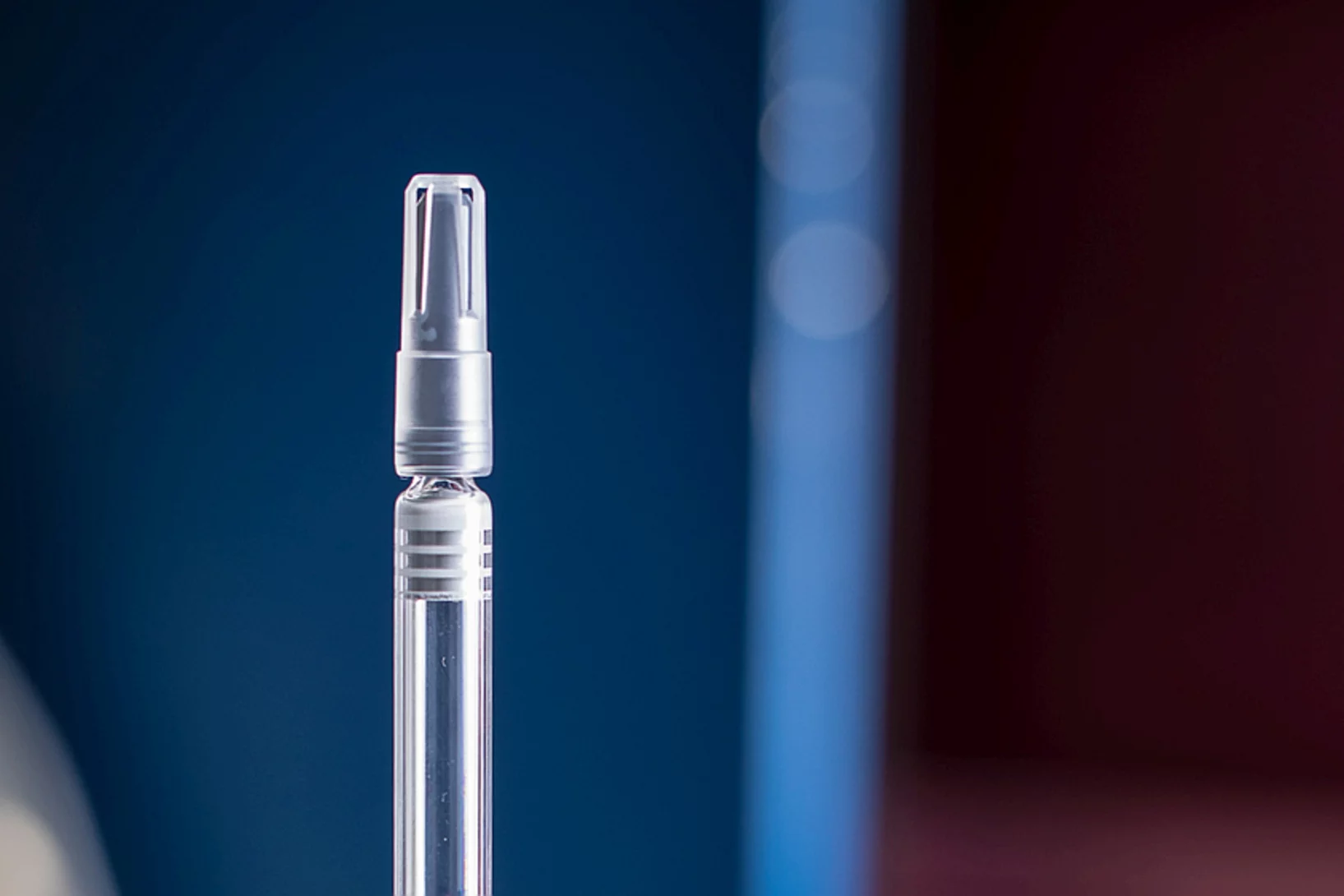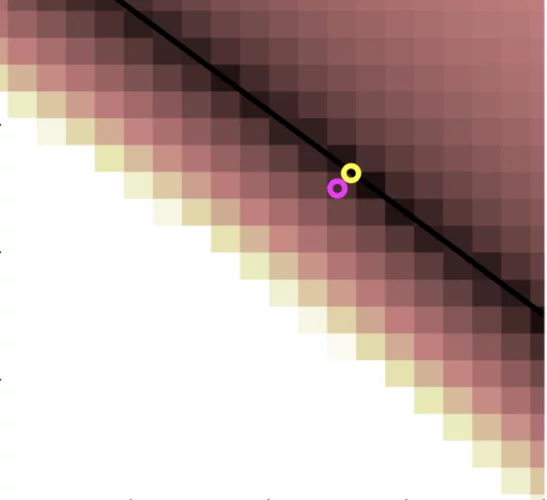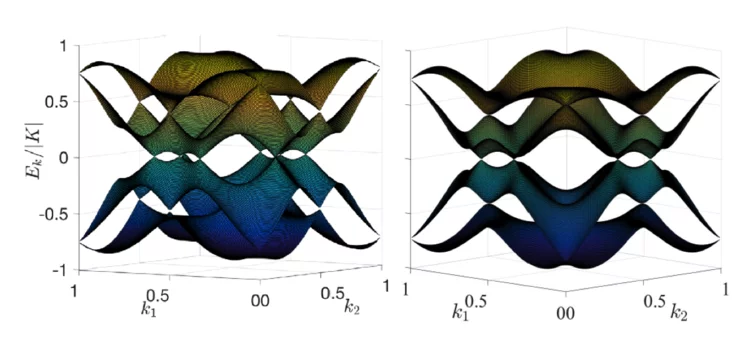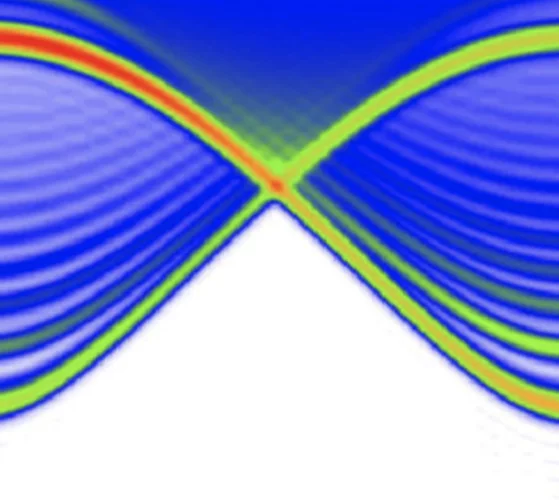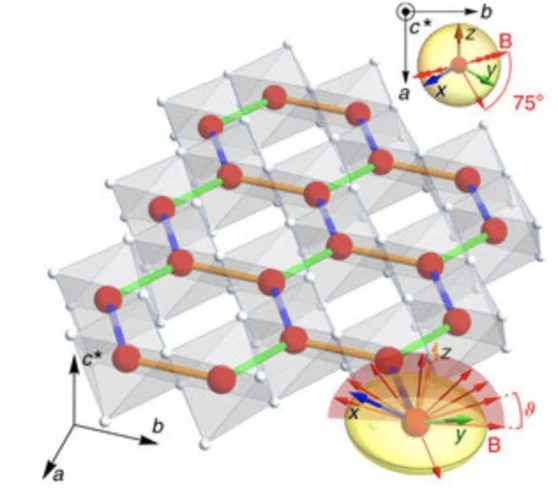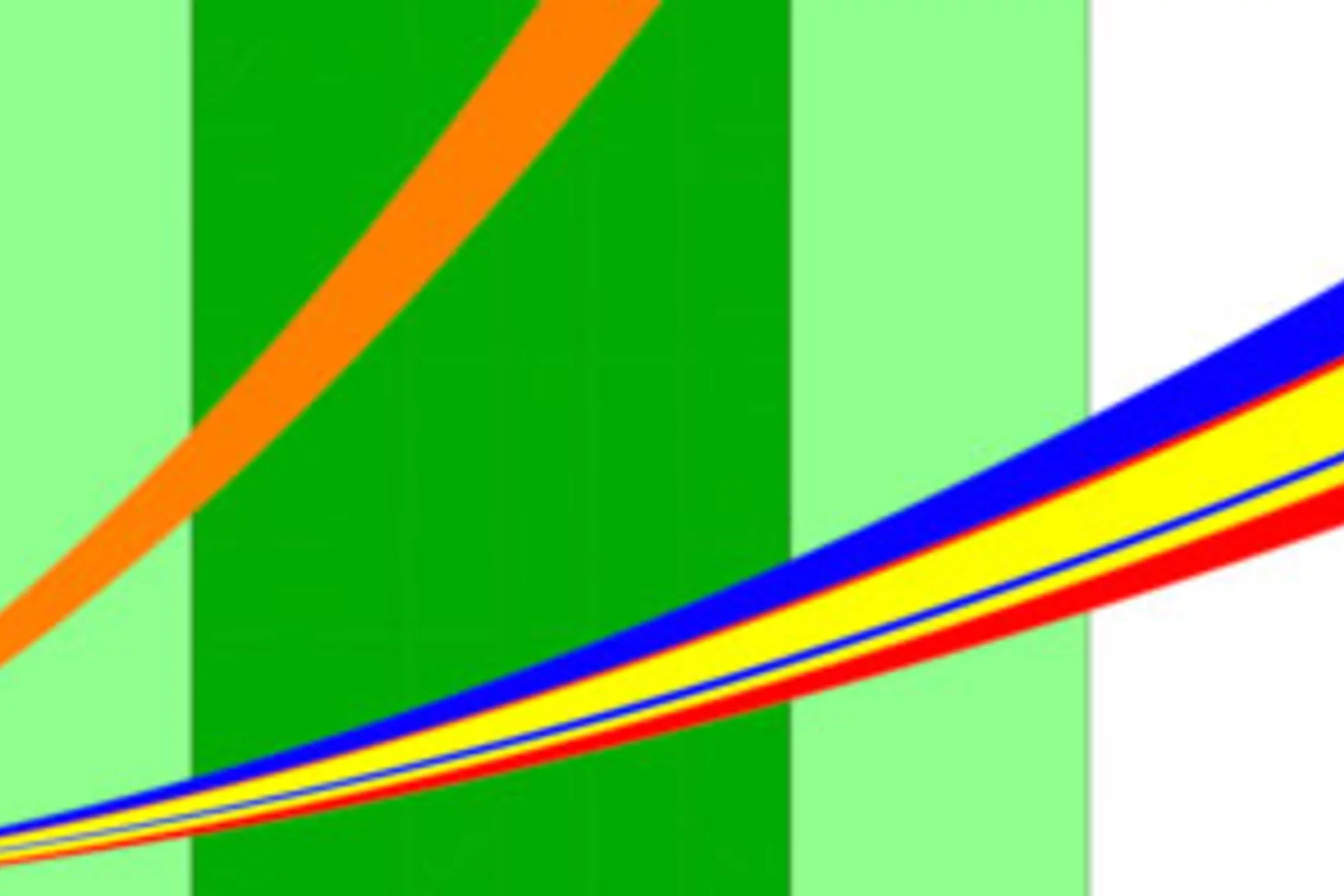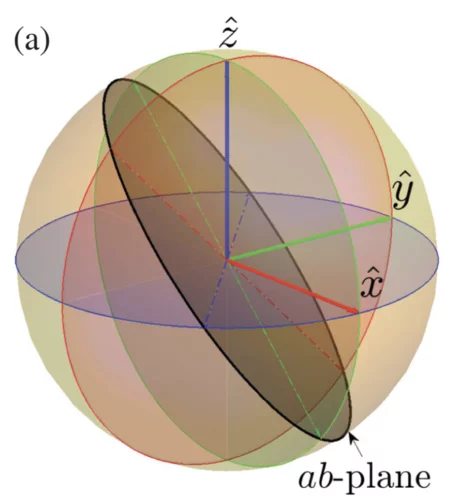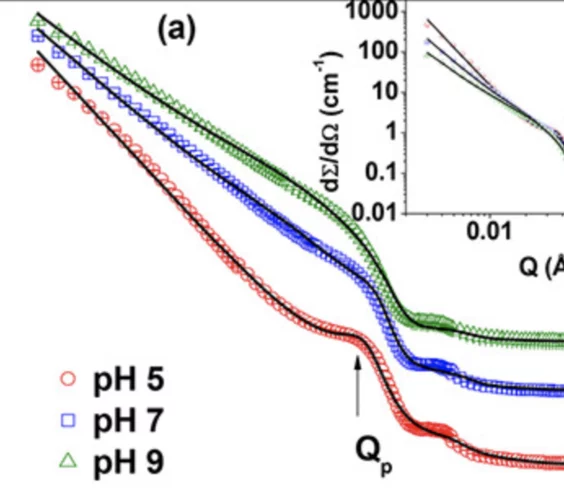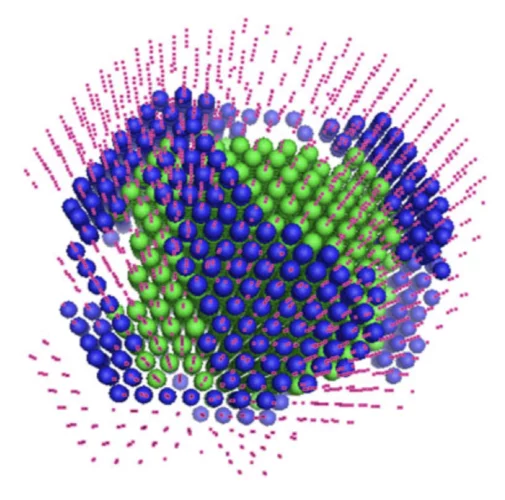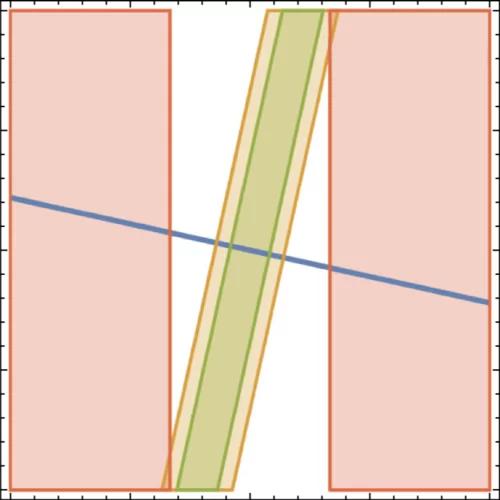Here you find current and previous news from the PSI Center for Neutron and Muon Sciences.
Solid deuterium surface degradation at ultracold neutron sources
Solid deuterium (sD2) is used as an efficient converter to produce ultracold neutrons (UCN). Itis known that the sD2 must be sufficiently cold, of high purity and mostly in its ortho-state in order to guarantee long lifetimes of UCN in the solid from which they are extracted into vacuum.
Giant Pressure Dependence and Dimensionality Switching in a Metal-Organic Quantum Antiferromagnet
We report an extraordinary pressure dependence of the magnetic interactions in the metal-organic system [CuF2(H2O)2]2 pyrazine. At zero pressure, this material realizes a quasi-two-dimensional spin-1/2 square-lattice Heisenberg antiferromagnet. By high-pressure, high-field susceptibility measurements we show that the dominant exchange parameter is reduced continuously by a factor of 2 on compression.
ISNR honorary membership awarded to Eberhard Lehmann
The International Society for Neutron Radiology ISNR was founded in 1996 with the aim to organize regular conferences with the focus on the use of neutrons for imaging purposes. During the 11th World Conference on Neutron Radiography, held recently in Sydney (Australia) and organized by ANSTO, the Honorary Membership of ISNR was awarded to Eberhard Lehmann - in recognition to his contributions for the progress in the field of neutron imaging on national and international level. The Neutron Imaging and Activation Group NIAG of the LNS has been active member in ISNR from the very beginning. Presently and since 2014, Markus Strobl the head of NIAG is vice-president elected of ISNR – and was reelected recently until 2022. In addition, NIAG member Pavel Trtik is now representing PSI in the ISNR board until 2022.
Multiferroics turned upside down
Experiments demonstrating the inversion of entire domain patterns in multiferroic crystals highlight just how versatile this class of materials is, and indicate a route to exploring novel functionalities.
Anomalous Hall effect in Weyl semimetal half-Heusler compounds RPtBi (R = Gd and Nd)
GdPtBi and NdPtBi belong to the Heusler family of compounds and are conventional antiferromagnets below 9 and 2.1 K, respectively. We present evidence for magnetic-field–induced Weyl physics in these compounds, namely, a chiral anomaly (negative magnetoresistance) and an anomalous Hall effect (AHE) with a large anomalous Hall angle over a wide range of temperature. The AHE and chiral anomaly have a similar temperature dependence, indicating their common origin.
Magnetoelectric inversion of domain patterns
The inversion of inhomogeneous physical states has great technological importance; for example, active noise reduction relies on the emission of an inverted sound wave that interferes destructively with the noise of the emitter1, and inverting the evolution of a spin system by using a magnetic-field pulse enables magnetic resonance tomography2.
Modifying the contact angle of anisotropic cellulose nanocrystals: Effect on interfacial rheology and structure
Cellulose nanocrystals (CNC) are an emerging natural material with the ability to stabilize fluid/fluid interfaces. Native CNC is hydrophilic and does not change the inter- facial tension of the stabilized emulsion or foam system. In this study, rod-like cellulose particles were isolated from hemp and chemically modified to alter their hydrophobicity, i.e. their surface-activity, which was demonstrated by surface tension measurements of the particles at the air/water interface.
Three-Dimensional Fermi Surface of Overdoped La-Based Cuprates
We present a soft x-ray angle-resolved photoemission spectroscopy study of overdoped high- temperature superconductors. In-plane and out-of-plane components of the Fermi surface are mapped by varying the photoemission angle and the incident photon energy. No kz dispersion is observed along the nodal direction, whereas a significant antinodal kz dispersion is identified for La-based cuprates.
Pauling Entropy, Metastability, and Equilibrium in Dy2Ti2O7 Spin Ice
Determining the fate of the Pauling entropy in the classical spin ice material Dy2Ti2O7 with respect to the third law of thermodynamics has become an important test case for understanding the existence and stability of ice-rule states in general. The standard model of spin ice—the dipolar spin ice model—predicts an ordering transition at T ≈ 0.15K, but recent experiments by Pomaranski et al.
Collective magnetism in an artificial 2D XY spin system
Two-dimensional magnetic systems with continuous spin degrees of freedom exhibit a rich spectrum of thermal behaviour due to the strong competition between fluctuations and correlations. When such systems incorporate coupling via the anisotropic dipolar interaction, a discrete symmetry emerges, which can be spontaneously broken leading to a low-temperature ordered phase.
Direct electric field control of the skyrmion phase in a magnetoelectric insulator
Magnetic skyrmions are topologically protected spin-whirls currently considered as promising for use in ultra-dense memory devices. Towards achieving this goal, exploration of the skyrmion phase response and under external stimuli is urgently required.
Odd and Even Modes of Neutron Spin Resonance in the Bilayer Iron-Based Superconductor CaKFe4As4
We report an inelastic neutron scattering study on the spin resonance in the bilayer iron-based superconductor CaKFe4As4. In contrast to its quasi-two-dimensional electron structure, three strongly L-dependent modes of spin resonance are found below Tc = 35 K.
Isotope effect on the spin dynamics of single-molecule magnets probed by muon spin spectroscopy
Muon spin relaxation (μSR) experiments on a single molecule magnet enriched in different Dy isotopes detect unambiguously a slowing down of the zero field spin dynamics for the non-magnetic isotope. This occurs in the low temperature regime dominated by quantum tunnelling, in agreement with previous ac susceptibility investigations. In contrast to the latter, however, μSR is sensitive to all fluctuation modes affecting the lifetime of the spin levels.
Magnetic Anisotropy Switch: Easy Axis to Easy Plane Conversion and Vice Versa
The rational design of the magnetic anisotropy of molecular materials constitutes a goal of primary importance in molecular magnetism. Indeed, the applications of molecular nanomagnets, such as single-molecule magnets and molecular magnetic refrigerants, depend on the full control over this property.
Observation of Anomalous Meissner Screening in Cu/Nb and Cu/Nb/Co Thin Films
We have observed the spatial distribution of magnetic flux in Nb, Cu/Nb, and Cu/Nb/Co thin films using muon-spin rotation. In an isolated 50-nm-thick Nb film, we find a weak flux expulsion (Meissner effect) which becomes significantly enhanced when adding an adjacent 40 nm layer of Cu. The added Cu layer exhibits a Meissner effect (due to induced superconducting pairs) and is at least as effective as the Nb to expel flux.
Breakdown of Magnetic Order in the Pressurized Kitaev Iridate β-Li2IrO3
Temperature-pressure phase diagram of the Kitaev hyperhoneycomb iridate β-Li2IrO3 is explored using magnetization, thermal expansion, magnetostriction, and muon spin rotation measurements, as well as single-crystal x-ray diffraction under pressure and ab initio calculations.
Observation of ttH Production
The observation of Higgs boson production in association with a top quark-antiquark pair is reported, based on a combined analysis of proton-proton collision data at center-of-mass energies of √s = 7,8, and 13 TeV, corresponding to integrated luminosities of up to 5.1, 19.7, and 35.9 fb-1, respectively. The data were collected with the CMS detector at the CERN LHC.
Clogging in staked-in needle pre-filled syringes (SIN-PFS): Influence of water vapor transmission through the needle shield
Staked-in needle pre-fillable syringes (SIN-PFS) are a convenient delivery system widely established in the growing pharmaceutical market. Under specific storage conditions, the needle of PFS containing high concentration drug product (DP) solution is prone to clogging, which prevents administration of the liquid.
Imaging the inside of injection needles with neutrons
Researchers from the Paul Scherrer Institute PSI, the University of Basel and Roche have used neutron imaging to investigate why cool storage is crucial for syringes pre-filled with a liquid medication.
Special temperatures in frustrated ferromagnets
The description and detection of unconventional magnetic states, such as spin liquids, is a recurring topic in condensed matter physics. While much of the efforts have traditionally been directed at geometrically frustrated antiferromagnets, recent studies reveal that systems featuring competing antiferromagnetic and ferromagnetic interactions are also promising candidate materials.
A theory for the gapless field-induced quantum spin-liquid phase of α−RuCl3
The material α−RuCl3 continues to garner attention as the current poster child for realising the Kitaev model. New work places recent experimental observations on a solid theoretical footing, and concludes that the physics of α−RuCl3 is not dominated by Kitaev interactions.
Topological quantum phase transition in the Ising-like antiferromagnetic spin chain BaCo2V2O8
Since the seminal ideas of Berezinskii, Kosterlitz and Thouless, topological excitations have been at the heart of our understanding of a whole novel class of phase transitions. In most cases, those transitions are controlled by a single type of topological objects. There are, however, some situations, still poorly understood, where two dual topological excitations fight to control the phase diagram and the transition.
Observation of two types of fractional excitation in the Kitaev honeycomb magnet
Quantum spin liquid is a disordered but highly entangled magnetic state with fractional spin excitations. The ground state of an exactly solved Kitaev honeycomb model is perhaps its clearest example. Under a magnetic field, a spin flip in this model fractionalizes into two types of anyon, a quasiparticle with more complex exchange statistics than standard fermions or bosons: a pair of gauge fluxes and a Majorana fermion.
Spin ice goes quantum
Numerous intriguing behaviours have been observed already in magnetic materials known as spin ices. But now for the first time direct manifestations of quantum mechanical effects have been seen in such a system.
Searching for New Physics with b → sτ+τ-
In recent years, intriguing hints for the violation of lepton flavor universality (LFU) have been accumulated in semileptonic B decays, both in the charged-current transitions b → cl-ν-l (i.e., RD, RD∗, and RJ/Ψ and the neutral-current transitions b → sl+l- (i.e., RK and RK∗.
Dirac and Chiral Quantum Spin Liquids on the Honeycomb Lattice in a Magnetic Field
Motivated by recent experimental observations in α-RuCl3, we study the Κ-Γ model on the honeycomb lattice in an external magnetic field. By a slave-particle representation and variational Monte Carlo calculations, we reproduce the phase transition from zigzag magnetic order to a field-induced disordered phase. The nature of this state depends crucially on the field orientation.
Experimental signatures of emergent quantum electrodynamics in Pr2Hf2O7
In a quantum spin liquid, the magnetic moments of the constituent electron spins evade classical long-range order to form an exotic state that is quantum entangled and coherent over macroscopic length scales. Such phases offer promising perspectives for device applications in quantum information technologies, and their study can reveal new physics in quantum matter.
Structure and Interaction of Nanoparticle–Protein Complexes
The integration of nanoparticles with proteins is of high scientific interest due to the amazing potential displayed by their complexes, combining the nanoscale properties of nanoparticles with the specific architectures and functions of the protein molecules.
Quantitative 3D determination of self-assembled structures on nanoparticles using small angle neutron scattering
The ligand shell (LS) determines a number of nanoparticles’ properties. Nanoparticles’ cores can be accurately characterized; yet the structure of the LS, when composed of mixture of molecules, can be described only qualitatively (e.g., patchy, Janus, and random).
No-Go Theorem for Nonstandard Explanations of the τ → KSπντ CP Asymmetry
The CP asymmetry in τ → KSπντ, as measured by the BABAR collaboration, differs from the standard model prediction by 2.8 σ. Most nonstandard interactions do not allow for the required strong phase needed to produce a nonvanishing CP asymmetry, leaving only new tensor interactions as a possible mechanism.


